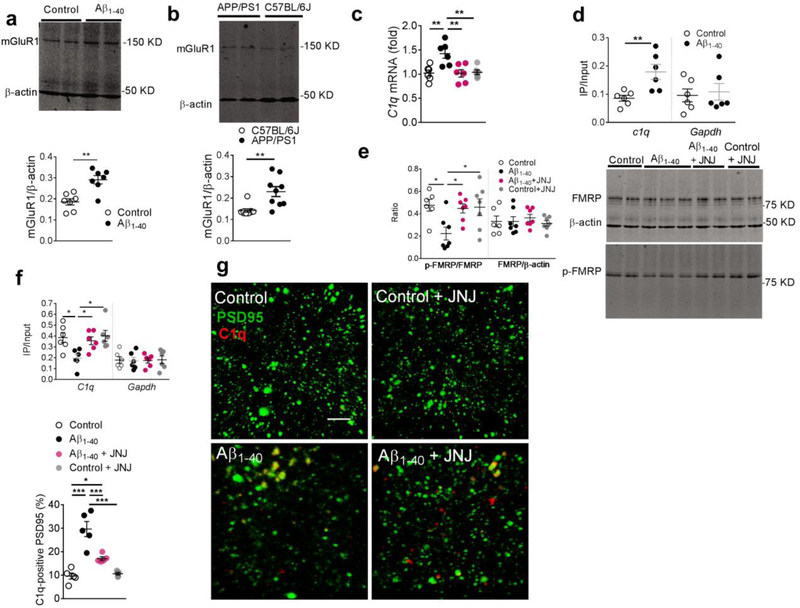Figure 6. Inhibition of metabotropic glutamate receptor 1 (mGluR1) signaling attenuated the C1q upregulation induced by amyloid fibrils.
Significantly increased expression of mGluR1 was observed in the hippocampal CA1 in the rats injected with amyloid fibrils (a, n = 7 rats in each group, unpaired t-test, t = 4.3, DF = 12, two-tailed P = 0.001) and Tg-APPsw/PSEN1DE9 (APP/PSI) mice (b, n = 9 mice in each group, unpaired t-test, t = 3.6, DF = 16, two-tailed P = 0.003). Significantly increased C1q mRNA was detected in the hippocampal synaptosomal preparation in the modeled rats, which was attenuated by JNJ16259685 (c, n = 6 rats in each group, F3,20 = 7.46, P = 0.002). Increased C1q mRNA was pulled by e-IF4E antibody in hippocampal CA1 lysates of the rats injected with amyloid fibrils (d, n = 6 rats per group, t = 3.3, DF = 10, two-tailed P = 0.009). Amyloid fibrils decreased the phosphorylation of fragile X mental retardation protein (FMRP) in the hippocampal CA1, which was recovered by the mGluR1 inhibitor JNJ16259685 (e, n = 6,7,7,7 rats, F3,23 = 4.3, P = 0.015); (f) RNA-IP study revealed a significantly decreased amount of C1q mRNA pulled-down by p-FMRP antibody in the hippocampal CA1 in the modeled rats, which was recovered by JNJ16259685 (f, n = 6 rats in each group, F3,20 = 4.97, P = 0.009). Microinjection of JNJ16259685 significantly decreased C1q immunosignals co-localized with the PSD95 in the hippocampal CA1 in the amyloidinjected rats (g, n = 5 rats in each group, F3,16 = 26.5, P <0.0001, scale bar = 10 μm). Each dot represents the mean value of 4 brain sections of one rat. Data represent mean ± s.e.m. *P<0.05, **P<0.01, ***P<0.001.

